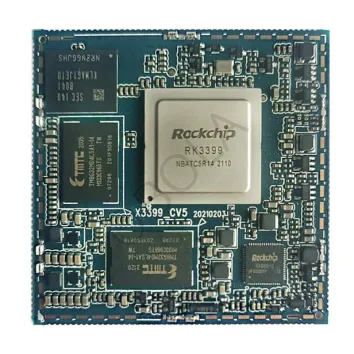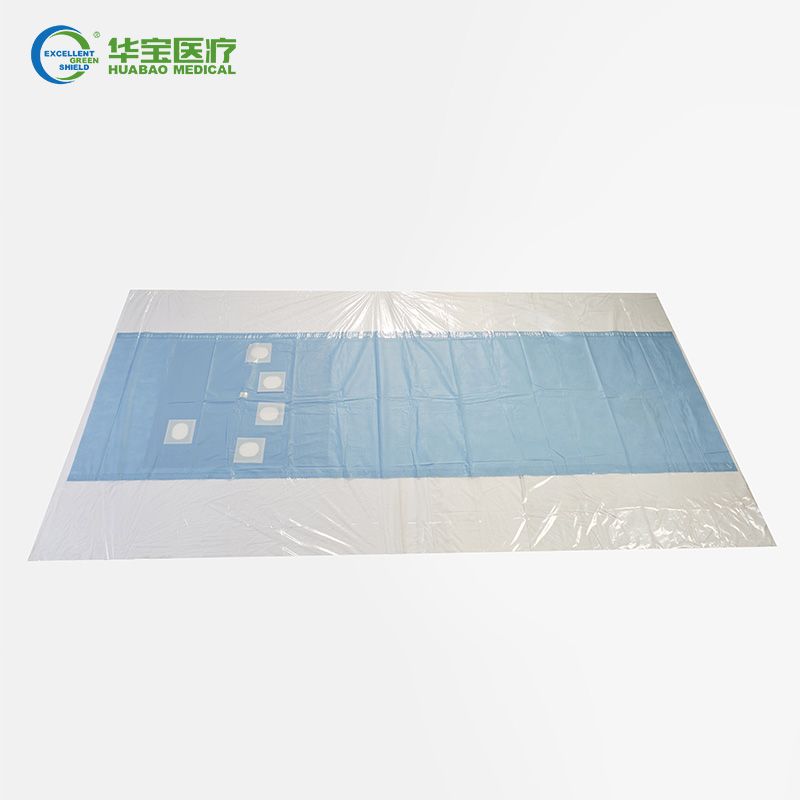Choosing the right aerial work platform (AWP) is crucial for ensuring safety, efficiency, and effectiveness in various tasks that require working at elevated heights. The selection process depends on a range of factors to match the specific needs of the job. Here are key considerations that influence the choice of an aerial work platform:
**1. Type of Work:
The nature of the work being performed greatly influences the choice of AWP. Different tasks, such as painting, maintenance, construction, or electrical work, may require specific features or configurations.
**2. Working Height Requirements:
The vertical reach needed for the task determines the required working height of the aerial work platform. Consider the maximum height the AWP needs to reach to ensure it meets the project's specifications.
**3. Horizontal Reach:
Some tasks may require reaching not only vertically but also horizontally. Consider the horizontal outreach capabilities of the AWP, especially for tasks that involve reaching over obstacles or accessing specific areas.
**4. Weight Capacity:
The weight capacity of the mobile aerial work platform is crucial for ensuring the safety of workers and equipment. Factor in the combined weight of workers, tools, and materials to determine the necessary capacity.
**5. Indoor vs. Outdoor Use:
The environment in which the AWP will be used plays a significant role. Indoor tasks may require compact and electrically powered AWPs, while outdoor applications might necessitate larger, rough-terrain models with greater stability.
**6. Terrain Conditions:
Consider the type of terrain the AWP will be operating on. Rough-terrain models are designed for uneven surfaces, while electric models are suitable for smooth, indoor floors.
**7. Power Source:
Choose between electric, diesel, or dual-fuel (hybrid) options based on the availability of power sources and the specific requirements of the job. Electric AWPs are often preferred for indoor applications due to their lower noise levels and zero emissions.
**8. Maneuverability:
The layout and accessibility of the work area influence the choice of AWP. Consider the maneuverability of the platform, especially if the task requires navigating through tight spaces or around obstacles.
**9. Outreach and Articulation:
For tasks that involve reaching over obstacles or accessing difficult-to-reach areas, consider AWPs with articulating booms or telescopic booms for enhanced flexibility.
**10. Transportation and Storage:
The ease of transportation and storage is a practical consideration. Some AWPs are compact and lightweight, making them suitable for easy transport and storage on job sites.
**11. Regulatory Compliance:
Ensure that the selected AWP complies with safety and regulatory standards. This includes checking whether the equipment meets the required industry and regional safety standards.
**12. Operator Training and Certification:
Adequate training and certification are essential for AWP operators. Consider the familiarity and training requirements associated with the specific type of aerial work platform being used.
**13. Cost Considerations:
Factor in the upfront costs, maintenance expenses, and operational costs associated with the AWP. Consider whether renting or purchasing the equipment aligns with the budget and duration of the project.
By carefully considering these factors, organizations can choose the most suitable aerial work platform for their specific needs, promoting safety and efficiency in elevated work environments.




